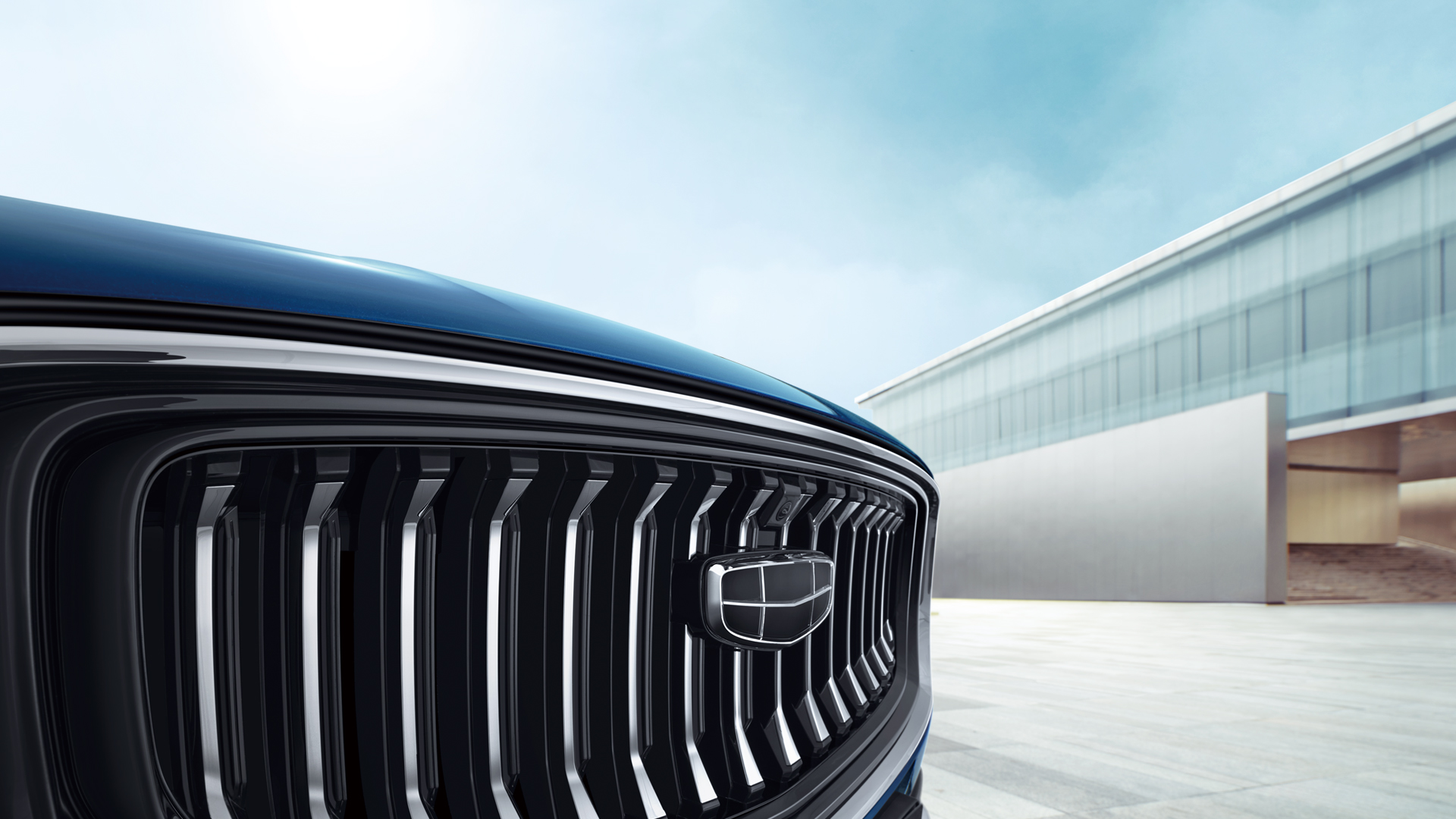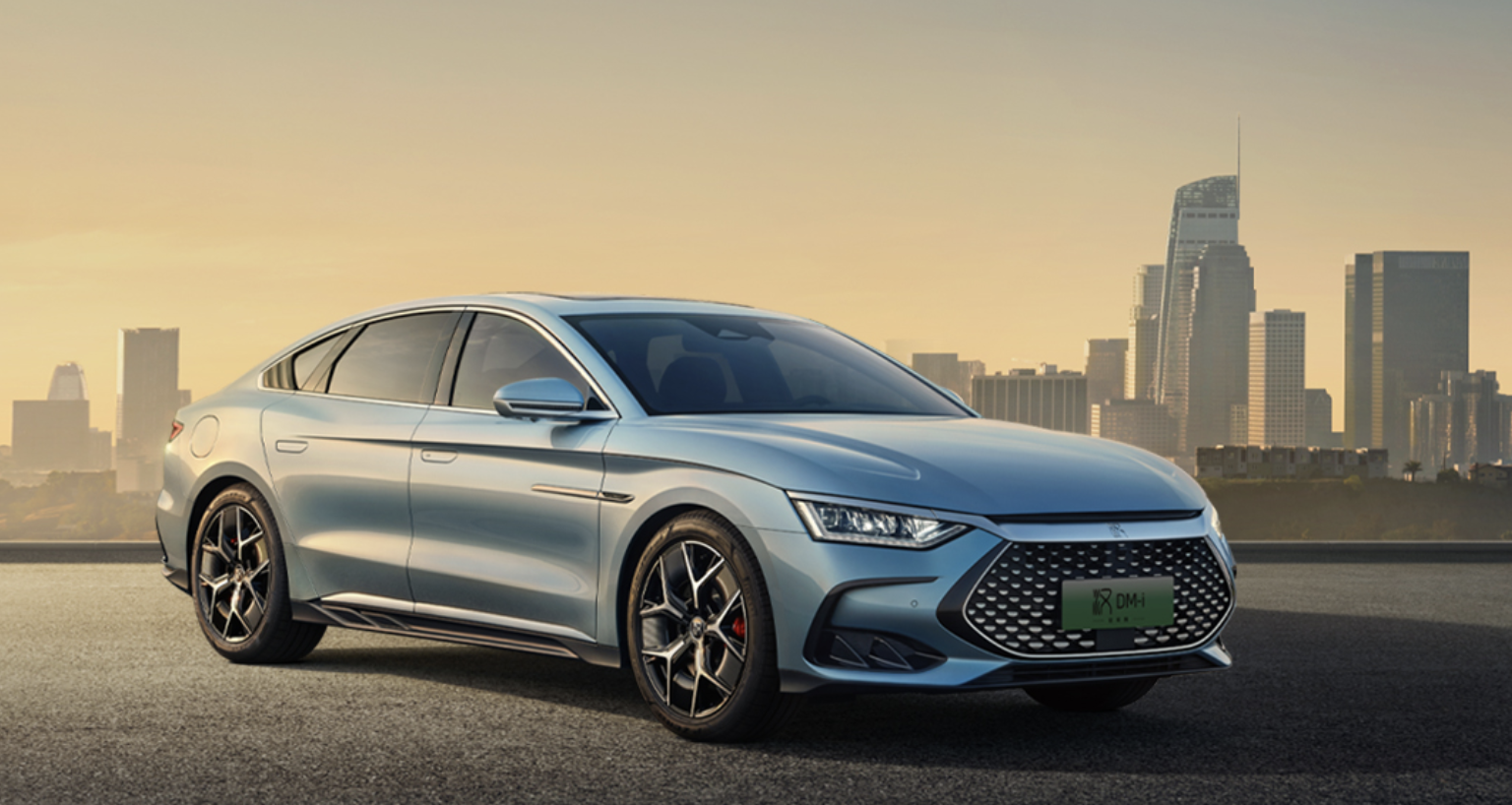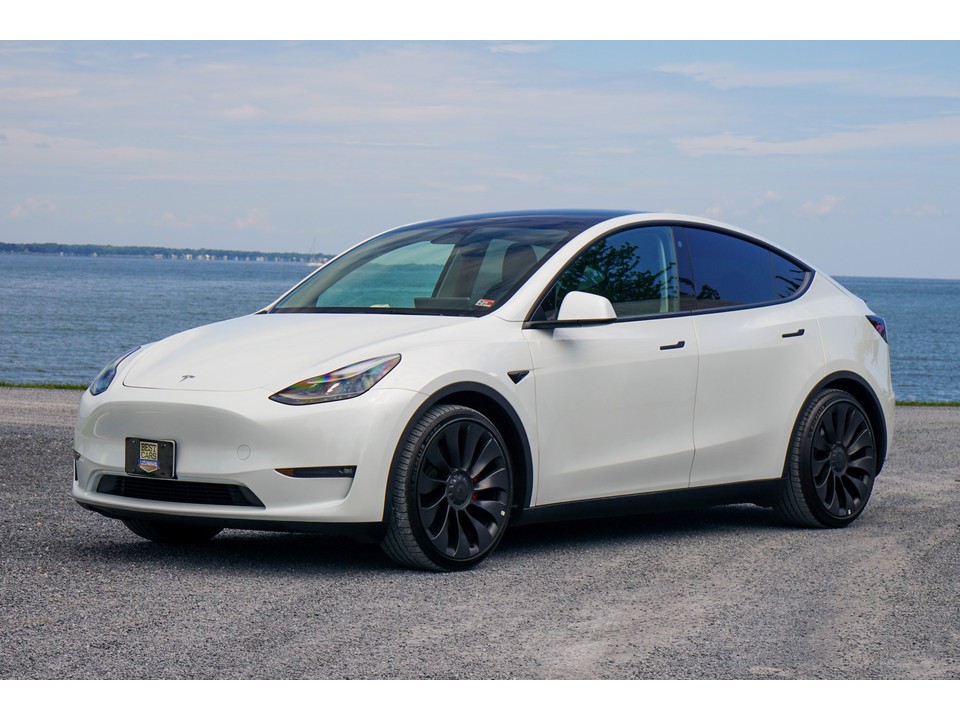XPeng’s Latest Display – Flying Car
At the recently held "1024 Xpeng Motors Technology Day", Xpeng Motors not only brought the new MPV X9 and Xpeng XNGP smart driving, but also displayed Feitian cars and robots.
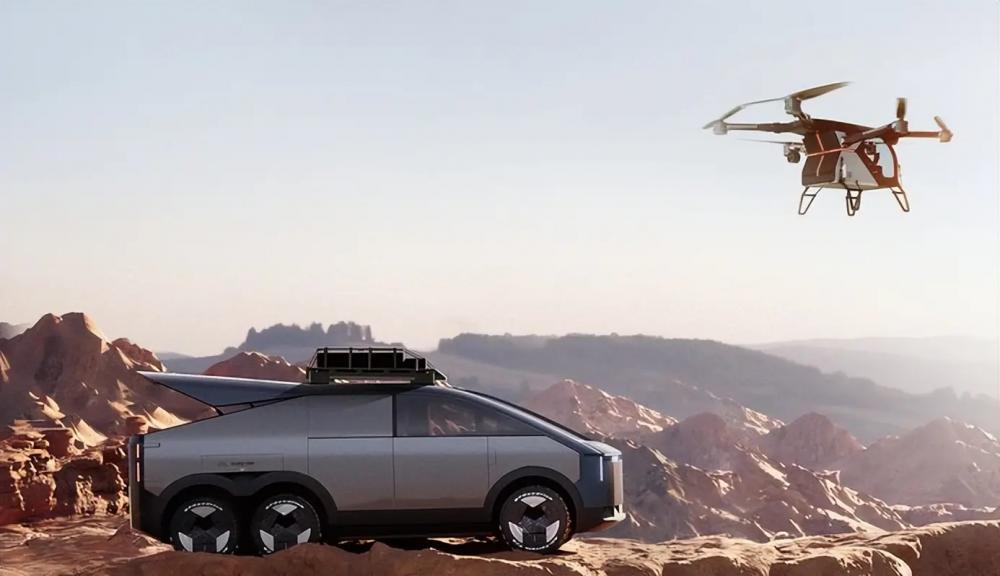
Let’s first take a look at Xpeng’s split-type flying car, which is called a “land aircraft carrier”. Moreover, this is not a concept product, but is the next direction of Xpeng’s mass production. It is composed of a land vehicle (mothership) and a flying body. The land vehicle has a cockpit that can seat 4-5 people. It adopts an extended-range hybrid power system that can carry the flying body and continuously replenish energy for the flying body; it uses pure electric vertical take-off and landing technology. The flying body is equipped with a 270° panoramic two-person cockpit, supports manual/automatic driving modes, and can automatically separate/combine with the land body. For such application scenarios of split flying cars, it not only expands the travel boundaries of individual users, but can also serve public utilities such as emergency and rescue.
In terms of flying car safety technology, it can still fly safely after "double rotor failure" and the world's first ultra-low-altitude multi-parachute life-saving system. On October 20, Xpeng Huitian announced that its self-developed multi-parachute life-saving system had successfully deployed a parachute in a 50-meter ultra-low altitude flight.
It is understood that this technology has filled the gap in the field of ultra-low altitude safety and lifesaving at home and abroad. When the Xpeng Huitian Voyager X2 flew at an altitude of 50 meters, multiple sets of large parachutes quickly ejected and deployed. X2 landed smoothly with a ground speed of 5.2 meters/second, and its body was intact.
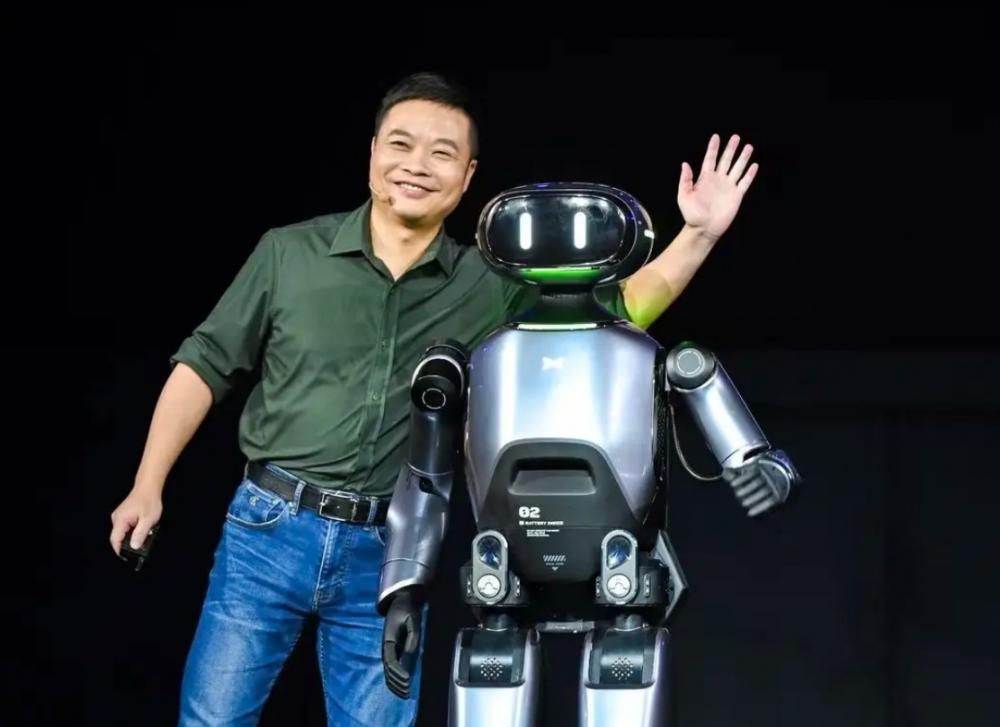
Let’s look at the bipedal robot. In the past, Xpeng spent 5 months to complete stable bipedal walking, developed its own bipedal robot, and achieved the industry's top bipedal walking and obstacle-crossing capabilities.
Xpeng's bipedal robot has ultra-lightweight humanoid arms and human-like dexterous hands: 11 degrees of freedom in one hand, 1kg holding force for two fingers, and a rigid-flexible hybrid drive scheme to provide grasping and wrapping postures for objects of different shapes. . It integrates drive and control, weighs only 430g in one hand, and has terminal tactile sensing capabilities. The ultra-lightweight humanoid robotic arm can achieve 7 degrees of freedom and has a repeatable positioning accuracy of 0.05mm. The maximum load of a single arm (3kg) / the self-weight of the robotic arm (5Kg self-weight), the load-to-weight ratio exceeds 0.6, and the maximum terminal linear speed is 1m/s.
In addition to cars, Xpeng has been exploring more possibilities for future travel methods.

 Russian
Russian

